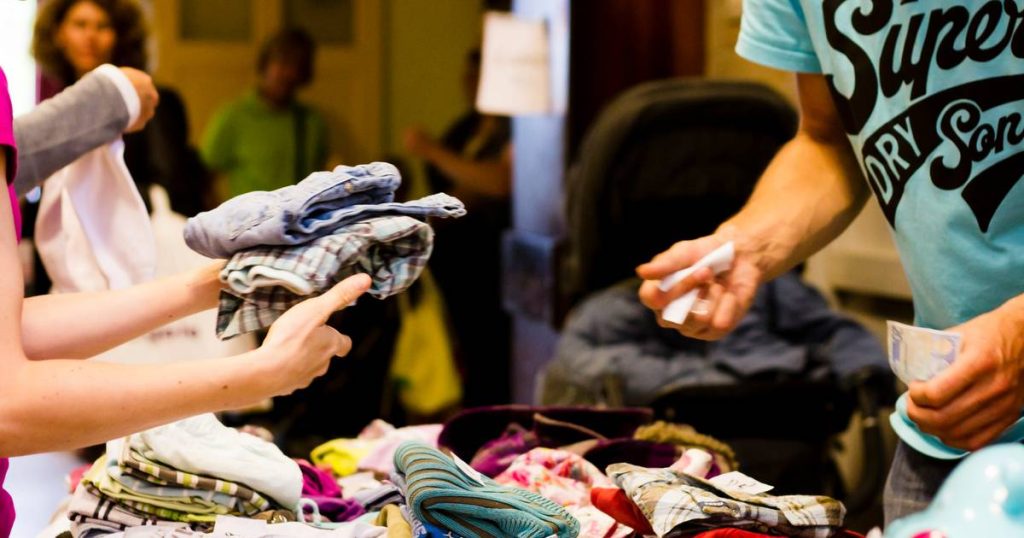The turnover of the Belgian flea market is 1.5 billion euros. This does not include the used car market. This is evidenced by a large-scale study conducted by the Comos Trade Consortium. This shows that half of all Belgians bought second-hand items at least once last year. Computers and clothing are at the top of second-hand buyers’ lists.
Indeed, Bredeiro said, things could go wrong, since at the beginning of this century second-hand stores were mainly aimed at consumers who didn’t have the financial means to buy new clothes or other new consumer goods. But this is completely different now. There is a growing demand for second-hand goods. Part of the explanation lies in nostalgia. Thrift stores, now called vintage, refer to the golden 60s. In addition, the topic of climate change and the need for a more sustainable economy is increasingly emerging.
Who buys second hand?
49% of adult Belgians bought their second-hand products at least once last year, which represents 1.5 billion euros of turnover in 2021.
One in three Belgians view the second hand positively. Wearing second-hand clothing is seen as a responsible environmental choice. 30% said they buy used because the product is as good as new while it costs just a fraction.
Consumers who are less inclined to buy used goods tend to be older and more traditional in their buying behaviour. This group represents 31% of the population. Only 1 in 5 of this traditional group have bought used items in the last 12 months. This is increasing for the new generation: 60% say they have bought used things in the last year.
Positive consumers represent important growth potential in the next decade. This group will increasingly allow their purchasing decisions to be influenced by the product’s sustainability benefits.
What do we buy used?
If we look at the volume of sales (excluding the used car market), the used computer market with 332 million is the largest category, followed by used fashion, which is estimated at 324 million euros, of which 69 million are sold online markets. Television and audio came in third place, with a value of 196 million euros. Furniture is in fourth place with 140 million euros. Smartphones and tablets are in fifth place (134 million).
Books occupies only seventh place in terms of sales volume with 93 million euros, but in terms of the number of buyers, books are in first place with 1.8 million buyers who have bought a used book at least once.
The market share of second-hand clothing in department stores and specialty markets is 5% of the total apparel market. Online marketplaces for second-hand clothes in particular (?) have a growing reputation.
It seems that the desire to sell used clothes is greater than the desire to buy used clothes.
The sharing economy is booming too
The sharing economy is already well established among the new generations of consumers. While on average 4% of Belgians use shared cars, bikes and scooters, we see that this is twice as high among the “new generation of young people”.
New generations, regardless of their purchasing power, have incorporated the sharing of cars, bikes and tools into their habits. Possession of goods is replaced by their use.
Research agency Shopperware conducted a COMOS survey among 600 Belgians in February 2022.
Unlimited free access to Showbytes? And that can!
Sign in or create an account and never miss a thing from the stars.

“Total coffee specialist. Hardcore reader. Incurable music scholar. Web guru. Freelance troublemaker. Problem solver. Travel trailblazer.”







More Stories
Bitcoin price rises after new jobs data from US
European stock markets open higher | beursduivel.be
Russia’s oil imports to China decline